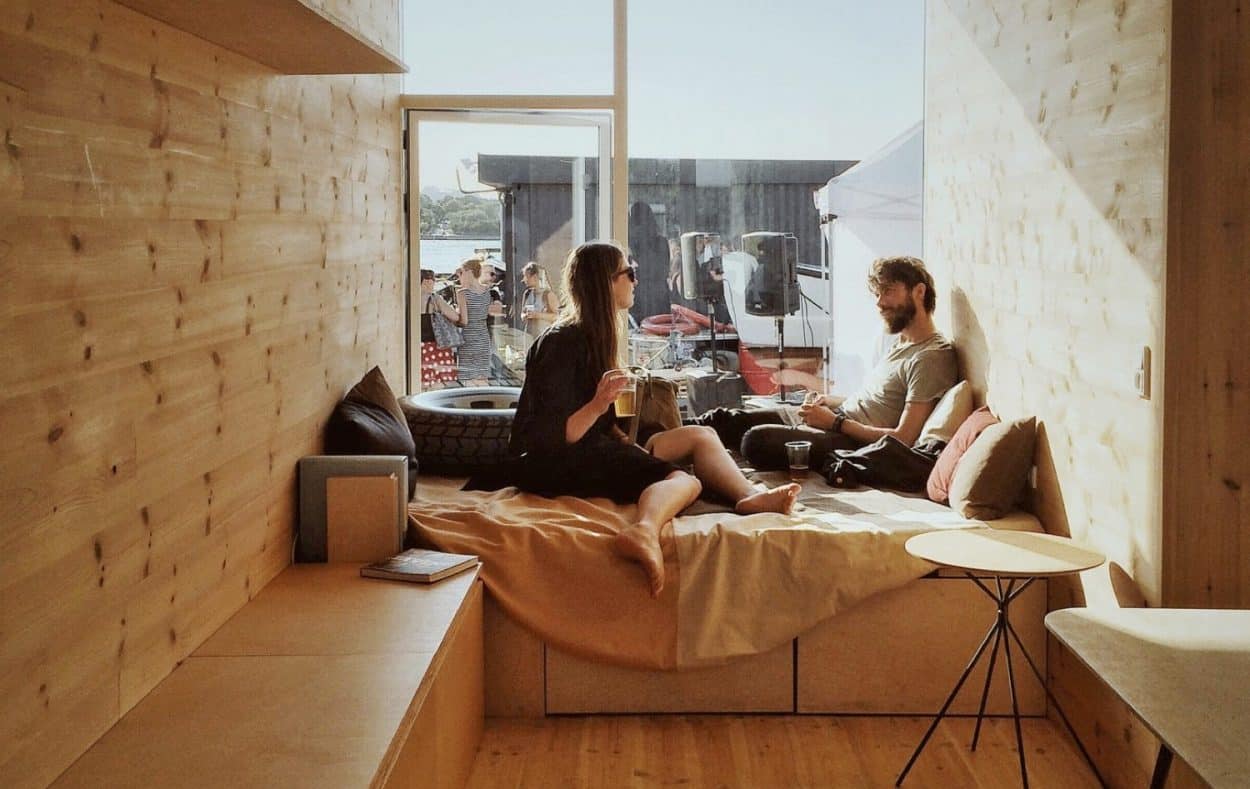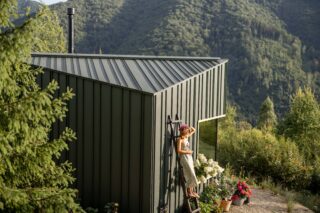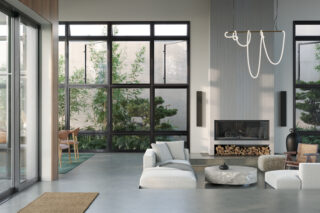Cars line the streets of a typical urban setting, bumper to bumper, squeezed to the brim. Schools have reached their pupil population limit and some children have to transfer. One thought comes to mind: there are too many people.
It is not on the radar for the numbers to go down. In fact, the population is expected to reach 9.8 billion by 2050, and nearly 70% will live in cities. To date, North America and Europe already have over 70% living in urban areas. If rent runs on a supply-and-demand basis, it’s no wonder affordable housing in cities has become a rarity.
However, as the population and prices increase, wages have not. In the UK, housing prices equal about 7.6 times the typical annual salary, whereas 20 years ago, it was a mere 3.8. As a result, affordable housing has become critical. For every 100 extremely low-income households, only 29 units are available, according to the Urban Institute.
Housing solutions that cost too much to build make them unaffordable for residents. They then sit empty and money will be lost. Here are some ideas on how to cut construction costs and design affordable housing solutions.
Temporary-Use Land
The current demand for affordable living lies in the hands of architects, developers and citizens. An example can be taken from CPH Village, a student housing project in Denmark. Organizers at CPH realized that there’s an opportunity in building on temporary-use land.

This transportable student village could alleviate Copenhagen’s housing shortage, an example worth following. Prototype: CPH Shelter, Copenhagen. Image Courtesy of CPH Containers
Built from shipping containers, these student homes are easy to move when needed. The Danish shipping company Maersk gets rid of 80,000 old containers that are available for reuse. Acquiring a main portion of the housing materials from a previous use means that material costs are cut.
The issue of land cost and development restrictions is definitely an obstacle for affordable housing. In Japan, for example, where development codes and laws are much less restrictive than other Western or South Pacific countries, housing affordability remains reasonable as can be seen here in this video. As the conception of space is different from the Western concept of grids and wide city avenues, architects and homeowners take advantage of vacant road corners or tiny lots.
Using the Nooks and Crannies
The issue of space in urban areas remains. Cities need to consider the unused zones, and some are. The 2014 Paris property law outlining the creation of 70,000 new dwellings per year and rent stabilization added new legislation this year which allows for rooftop construction.
Architect Stéphane Malka teamed up with engineers and specialists from Les Toits du Monde (Roofs of the World) and launched project 3box: green housing 40% below the real estate market value price. The program works with building owners in exchange for façade renovation and repair. The units, which are prefabricated off-site, are then steel-bolted to the structures.
Beyond the roof, the affordable living project Instant City: Living Air-Right insists that the sky isn’t the limit, it’s an opportunity. While New York’s air-rights law permits building owners to sell the air above their buildings as one would a plot of land, Atelier L architects Beomki Lee and Chang Kyu Lee are taking advantage of the abandoned air rights to design affordable housing and public programs. The project was awarded an honorable mention in the 2017 New York affordable housing competition for its proposal: a new type of community platform which engages multi-functional interaction.

Instant City: Living Air-Right by Atelier L architects Beomki Lee and Chang Kyu Lee. Courtesy of the architects.
Spanish designer Fernando Abellanas constructed a studio office under a bridge. The parasitic structure is made of wood and concrete and can be wheeled along a pair of concrete beams under the bridge deck that acts as the runners. The space is an urban cabin with shelving, a table, chairs and a camp-style bed.
Sharing Spaces
Automobile manufacturer MINI has recently taken on another endeavor: MINI LIVING. The company is working with Chinese developer Nova Property Investment Co to convert a former paint factory into a co-living space in Shanghai where residents live, work, collaborate and share services provided on-site. The MINI LIVING architect Oke Hauser spoke to ArchiExpo e-Magazine regarding the future of urban living and the issues limiting affordable housing.

Architecture studio Penda created a building system for MINI Living, featuring a range of modular, flexible and reusable living spaces that can fit together to form customized micro homes.
“Population growth is not the only challenge related to the current lack of affordable housing in cities. One of the biggest challenges is the mismatch between what the housing market provides and what people in cities nowadays really need. We believe in a collaborative lifestyle that enables the sharing of spaces and services according to individual needs and budgets.”
The architect sees the paradigm shift as an opening for great possibilities in terms of reshaping architecture and urban planning. He refers to the mix between work, home and play. However, fixed legal definitions for the use and categorization of space are still one of the most pressing challenges for architects.
“These static categories simply do not reflect the way people live today. We need to overcome these boundaries to enhance creativity in the architectural planning and design process.”
Hauser believes that in order to sustain housing and avoid a shortage crisis down the line, a transformation of mentality and lifestyle is in order.
“In a collaborative lifestyle, you can actually get more by sharing: more space, more friends and more experiences enriching our daily lives. It is time to rethink how much personal space each of us really needs and to find new solutions to live better together in our cities.”
Hence the revolution that’s taking place with shared living projects popping around the globe. They are typically 25% cheaper than the average studio apartment, and users enjoy the type of services hotels offer such as laundry, cleaning and refreshments, all while living detached from the constraints of homeownership. Co-living is service-based accommodation (think Uber, Netflix, etc.) and the next step towards affordable living.
In co-living spaces like The Collective in Kings Cross and Notting Hill in London; Common in various cities across the US; Welive in New York and DC; Pure House in New York, Base Commons in Australia, as well as South Korean studio Archihood WXY, residents share living areas such as kitchens, bathrooms and even yoga studios, as well as a sense of community.
What’s Beyond?
Ikea’s incredible idea incubator Space10 is focusing on shared living as a response to the surge in population and evolution towards connected living. In addition to partnering with CPH Village, it’s also collaborating with students at London’s Central Saint Martins, where future architects and urban planners are coming up with innovations for the future of shared living.
Maybe someday our mode of transportation will also be a dwelling pod where you can sleep, get ready for work and even have a meeting before arriving at the office. It sure would cut down on housing, car, garage and transport costs.












